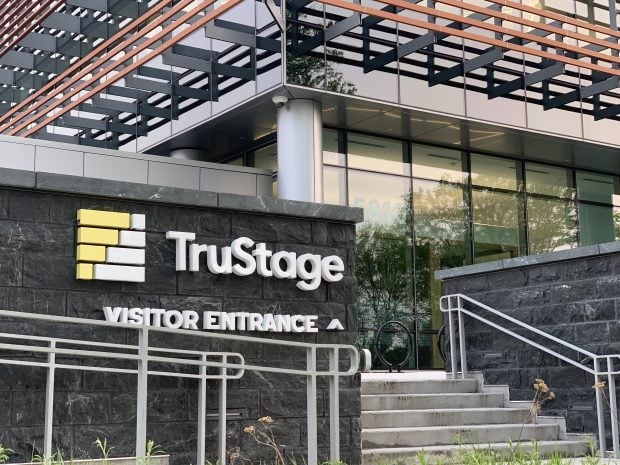Financial institutions are reaping huge cost savings as consumers, in droves, switch from brick and mortar banking to mobile banking, but most are leaving money on the table because they fail to take a few, small steps to modify consumer behaviors, claims a new study from Javelin Strategy + Research called "Mobile Banking Behaviors."
"There is still work for financial institutions to do," said Javelin researcher Mary Monahan in an interview.
Javelin numbers peg the average cost of an in-branch transaction at $4.25. The same transaction performed with a mobile device costs a dime, said Monahan, who underlined that this highlights the economic incentives in driving mobile traffic.
Recommended For You
Nationally, the trend is away from branch visits. In 2010, according to Javelin research, 70% of consumers visited a branch at least once monthly. Now that number is 59%.
But Monahan's data show that – inexplicably – for certain activities mobile bankers are in fact more likely to come into a branch than are all other consumers.
The report stated: "Mobile bankers are statistically more likely than all consumers to go to the branch for three activities, which could potentially generate profit or cut costs: To learn about products and services (13% vs. 10% for all consumers); to buy a money order (9% vs. 7.5% for all consumers); to address potential fraud (8% vs.6% for all consumers)."
The report went on: "For example, at the average bank, 57% of mobile bankers made a deposit or withdrawal at the branch in the past 30 days. By switching just one in-person deposit to mobile per month, the average institution saves approximately $28.38 per annum per mobile banking customer, adding up to $1.5 billion in cost savings for the industry. Cost savings further multiply if FIs fully convert online bankers to mobile deposit."
With small steps aimed at modifying consumer behavior, said Monahan, most financial institutions could fairly swiftly generate significant cost savings without compromising the consumer's experience.
The report went on: "Fewer mobile bankers are calling to speak to a customer service rep to perform any banking function, dropping from 49% to 40% during the past two years. The next-generation banking model requires advanced services and products to be rolled out to the mobile channel."
That, said Monahan, is an issue for many financial institutions in that they have created systems that may inadvertently encourage the consumer to call a customer service rep, at significantly higher cost to the institution.
She pointed to the inability in many mobile banking and person to person payments tools to add new payees and how this frustrates consumers and also increases costs to the financial institution.
She added: "Financial institutions that learn to leverage the power of the technology are likely to experience significant growth."
© 2025 ALM Global, LLC, All Rights Reserved. Request academic re-use from www.copyright.com. All other uses, submit a request to [email protected]. For more information visit Asset & Logo Licensing.







